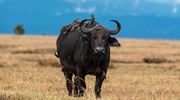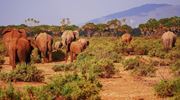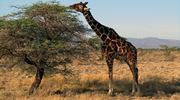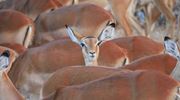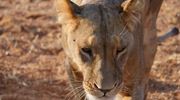Samburu National Reserve, Kenya
The Samburu National Reserve, located in the northern shadow of Mount Kenya, is a land of contrasts. Here, you can witness Kenya's diverse and beautiful wildlife and culture firsthand, and learn how Kenya's conservancies sustainably blend tourism, conservation, and communities.
Your guide will introduce you to the Samburu people, who proudly wear traditional bright red robes and warmly welcome visitors to their ancestral homes. On exciting safaris, you can explore the reserve and encounter majestic lion, elephant, and rare animals such as the gerenuk, a graceful long-necked antelope. The Ewaso Nyiro River flows through the reserve, which creates a lush oasis for crocodile, birds, and other wildlife. Samburu National Reserve is an excellent destination for a Kenya safari, offering stunning landscapes, unique species, and easy access to other attractions in Laikipia County, such as the Ol Pejeta Conservancy. Join us for an unforgettable adventure where you can feel the pulse of nature and the romance of Africa.
Why Go on a Samburu Safari
Samburu National Reserve in Kenya offers a unique safari experience, distinguished by several key features. Firstly, its arid landscape, dotted with rugged hills and Ewaso Nyiro River, provides a stunning backdrop and supports a diverse ecosystem. Unlike other reserves, Samburu is home to rare species such as Grevy’s zebra, Somali ostrich, and gerenuk, often referred to as the ‘Samburu Special 5.’
The cultural immersion aspect is another highlight, visitors can engage with the local Samburu tribes, known for their traditional practices and colourful attire, offering a glimpse into their rich heritage. Additionally, the reserve’s less crowded environment allows for more intimate wildlife viewing, making every safari here exceptionally personal and memorable.
Gallery
Browse our gallery to see some of the wildlife, scenery, activities and accommodation in Samburu.
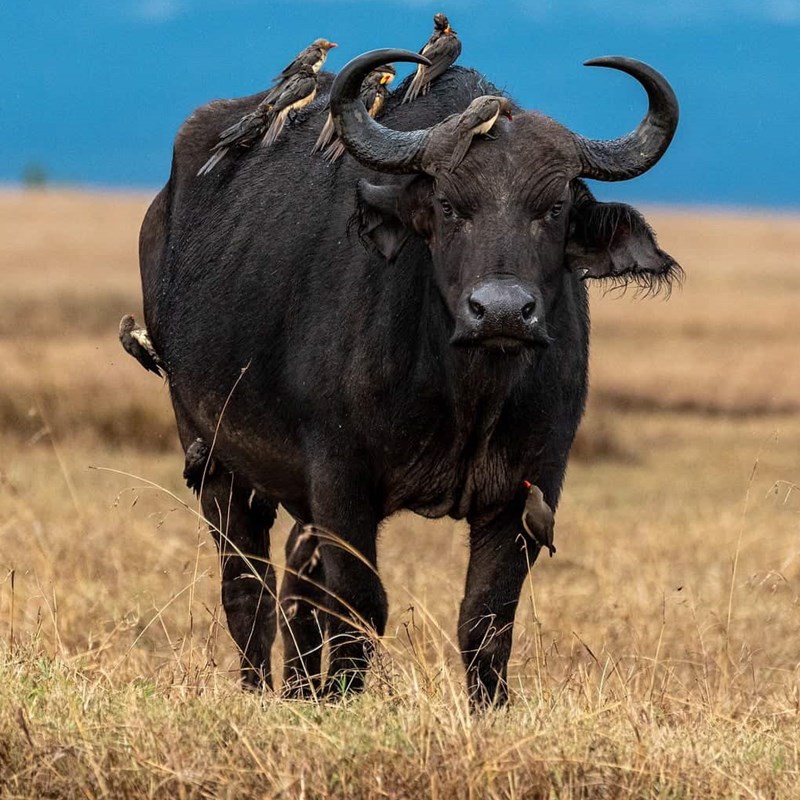
A lone buffalo spotted in the Samburu Conservancy.
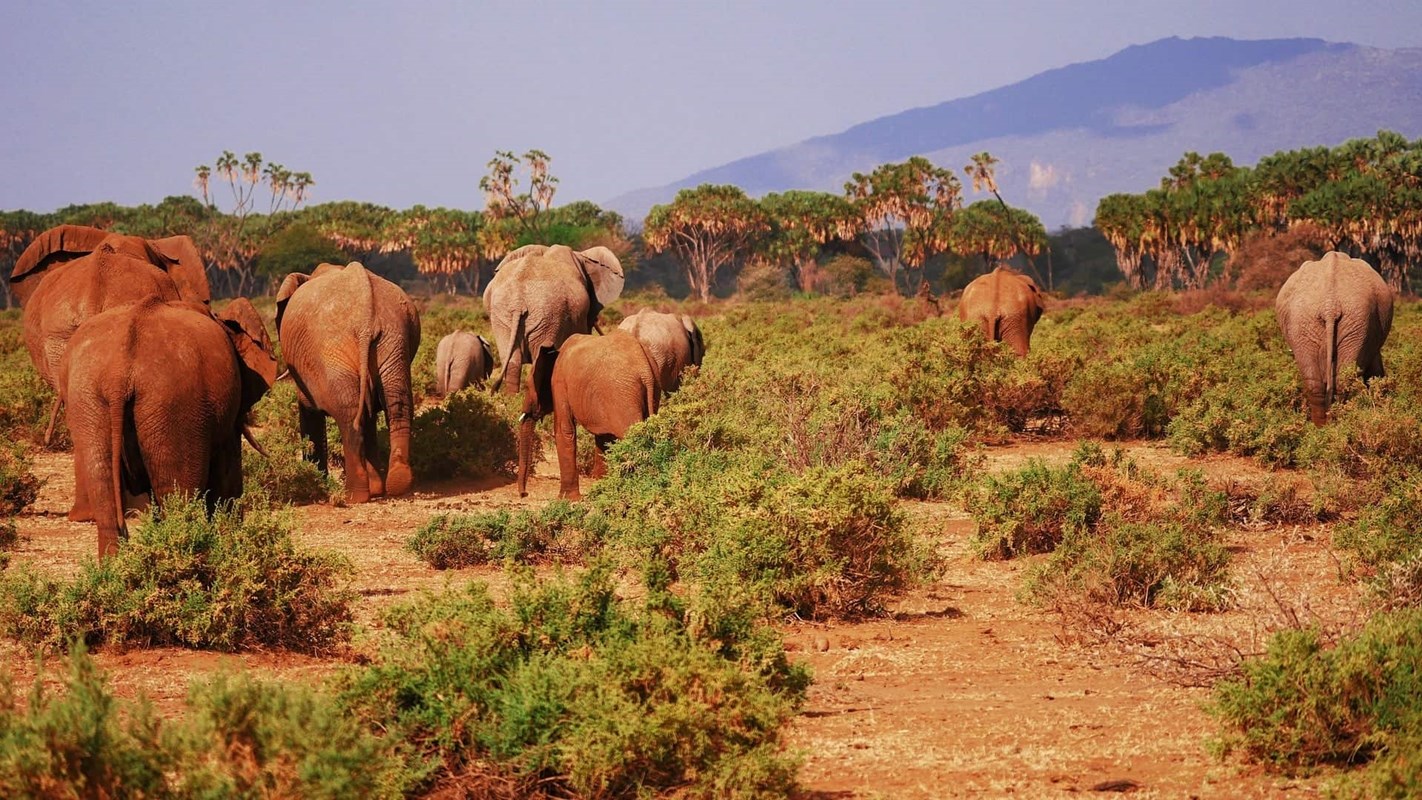
A herd of elephant make their way through the region.
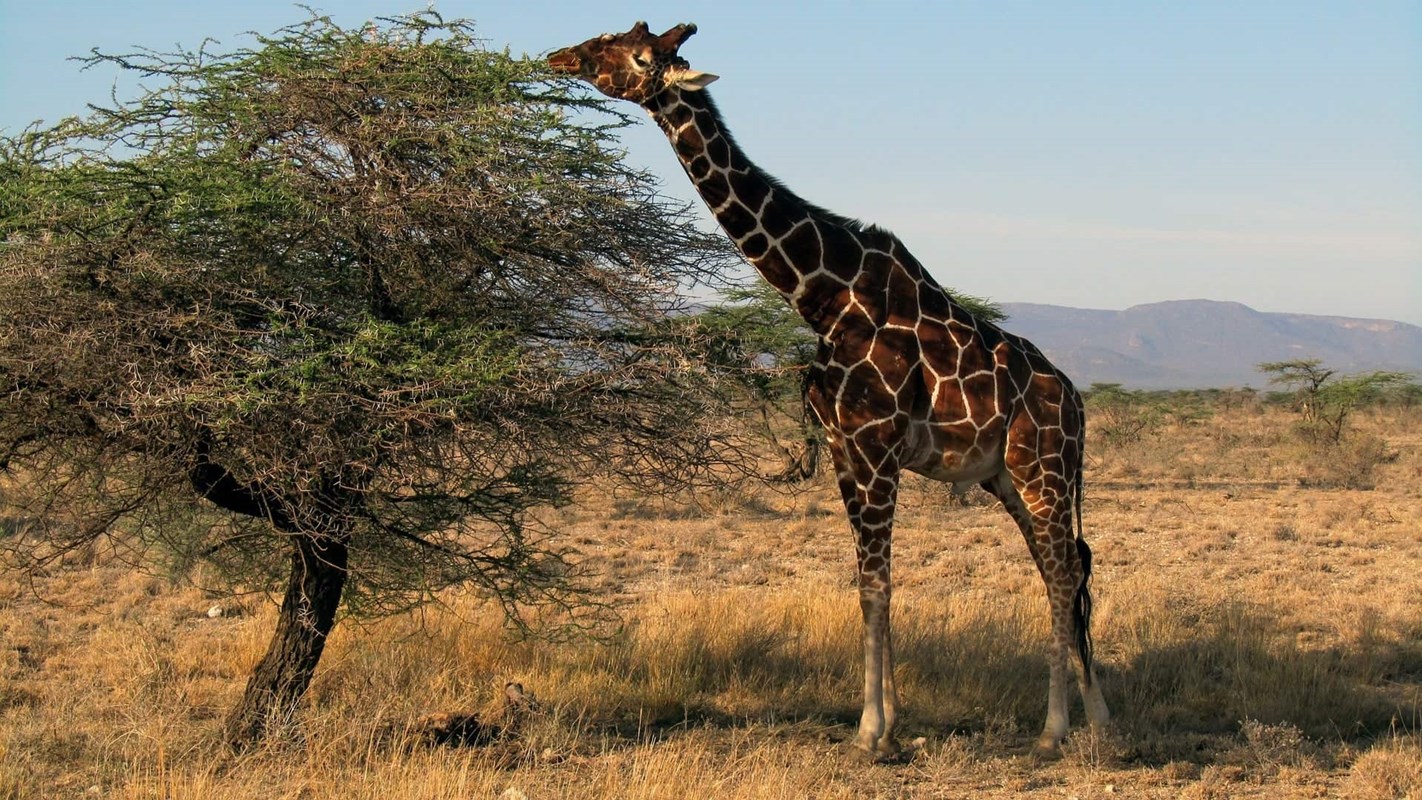
A giraffe reaches to the top of an Acacia tree for a yummy snack.
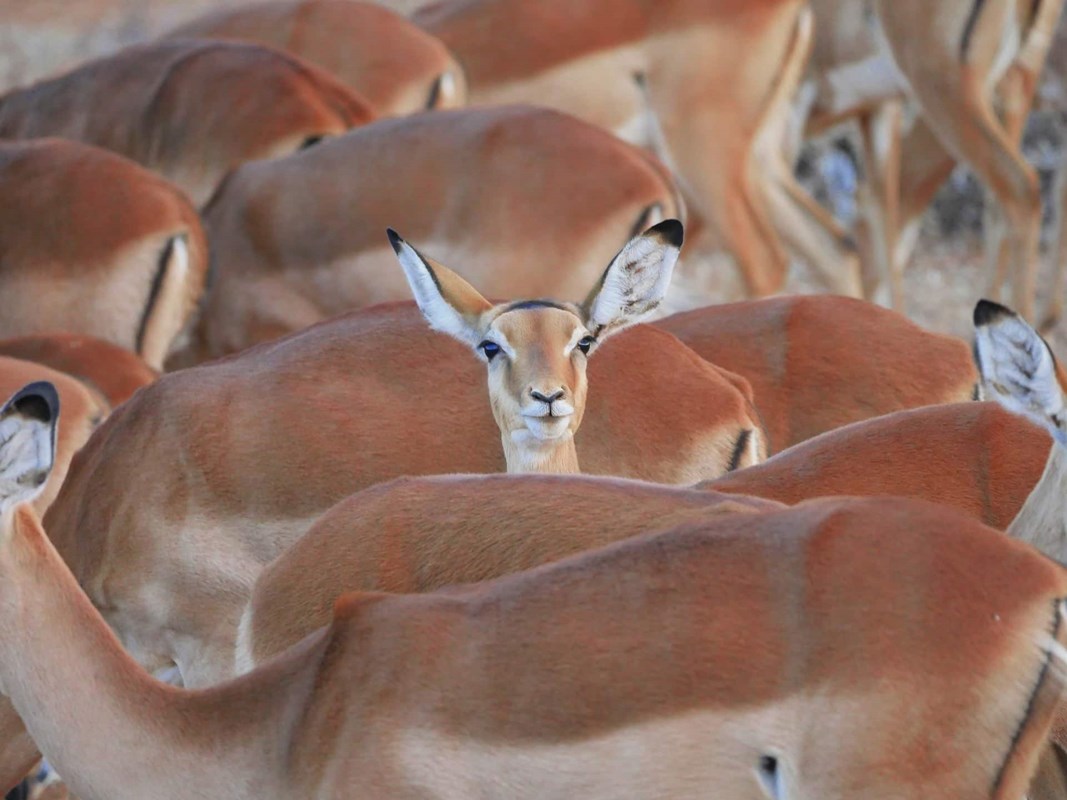
The Samburu region is home to a large number of different species including the generuk.
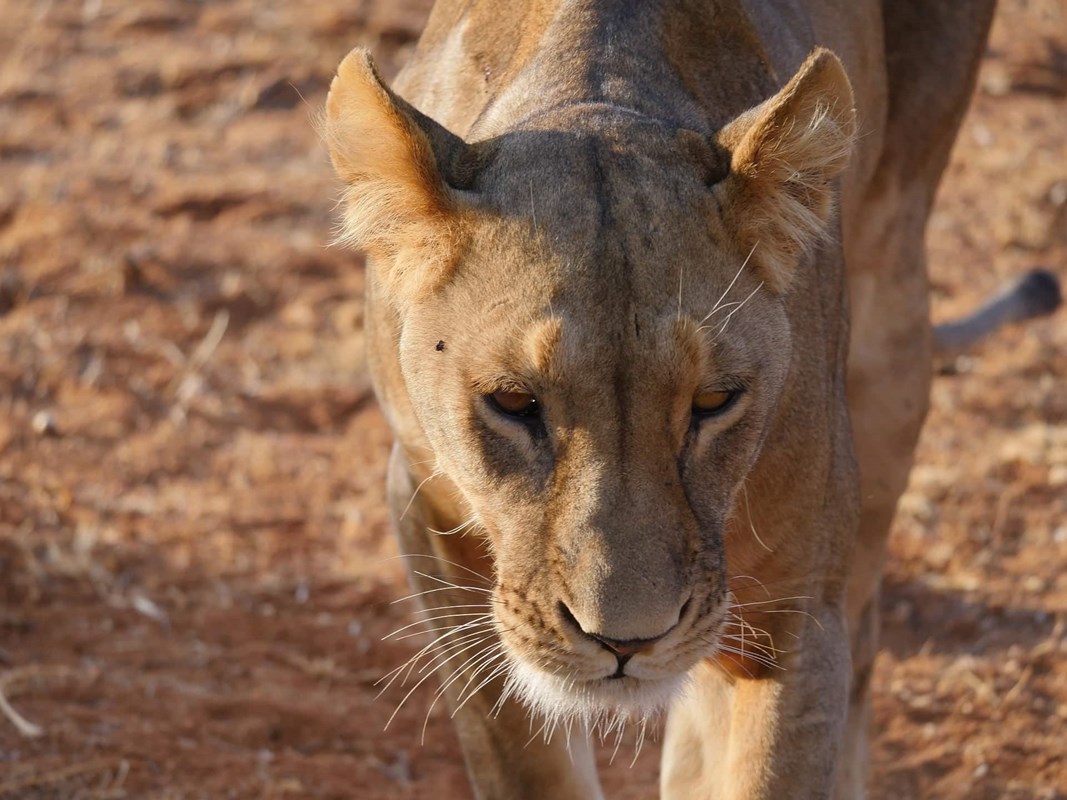
Samburu is one of the top safari destinations in Kenya.
Accommodation in Samburu
Experience the magic of the Samburu National Reserve at our Asilia-approved partner properties. The cosy Elephant Bedroom Camp is nestled on the palm-fringed banks of the Ewaso Nyiro River in the heart of the reserve. Alternatively, indulge in the stunning and secluded Saruni Samburu, a romantic boutique clifftop oasis near Samburu’s wildlife wonders.
Samburu National Reserve itineraries
We commit to offering personalised itineraries tailored perfectly to your preferences, with expert and knowledgeable designers available for advice and support. See our most popular and sought-after Samburu National Reserve and Kenyan itineraries for inspiration, combining magnificent wildlife viewing and memorable cultural interactions. Let us help plan your perfect safari adventure.
 itinerary
itinerary
Kenya Explored
Uncover some of Kenya’s most wildlife-rich and scenically stunning landscapes on this exciting safari.
 itinerary
itinerary
Kenya’s Ultimate Highlights
This itinerary offers an experience of the essence of Kenya, starting with a night in Nairobi and then 3 nights each in two different safari locations. The exploration can end there or continue for an…
Inspired to begin planning your safari?
Don’t miss this opportunity to experience the wonders of Samburu National Reserve and the beauty and diversity of Kenya. We have the perfect safari adventures, so contact us today and let our friendly and experienced design team help you plan your dream trip.






